High Alumina Brick for Hot Blast Furnace
High alumina bricks for blast furnaces were mainly made Xinmi Bauxite,being high pressure pressed and sintered in high temperature.Main minerals compositions are mullite and corundum phases.These products were widely used in all parts of furnace lining of their excellent physical/chemical properties in high temperature.The wall, checker, combustion chamber, regenerator, wind mixing chamber, connecting main, combine brick, roof, bottom and burner of hot blast furnace.
High Alumina Bricks are produced with select bauxite chamotte as main raw material, fired at 1450-1470 °C by advanced process with strict quality control.
High Alumina bricks have great features like high temperature performance, great corrosion and wear resistance, high bulk density, low iron content, etc. High Alumina bricks are extensively used in mining, metallurgy, cement, and chemical, refinery and refractory industries.
These bricks are used in all kinds of industrial furnaces and high temperature areas to prolong the lives of furnaces.
- Fused alumina and sintered corundum
- Fused mullite and sintered mullite
- Andalusite and kyanite
- Bauxite
- Calcinated fireclay
-
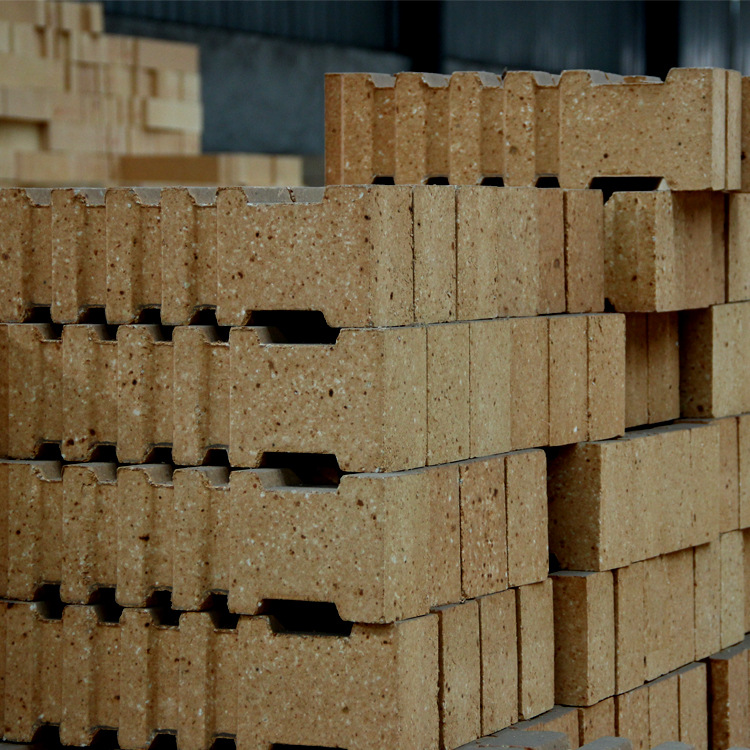
Refractory lining of blast furnace
A modern blast furnace (BF) is refractory lined to protect the furnace shell from the high temperatures and abrasive materials inside the furnace. The refractory lining is cooled to further enhance the protection against the dispatch of excess heat that can destroy the refractory lining. BF has a complex refractory system to provide a long, safe life that is necessary for the blast furnace availability and for permitting nearly continuous furnace operation and casting.
Conditions within the blast furnace vary widely by region and the refractories are subjected to a variety of wear mechanisms. The application condition of different regions of a blast furnace is not the same due to the very nature of its geometry and also due to the pyrometallurgical process occurring at different stages. There are diverse physical and chemical wear mechanisms in the different regions of the blast furnace and they are complex in nature. For example mechanical wear or abrasion occurs mainly in the upper stack region and is caused by the decent of the charge materials and by the dust laden gases. High thermal loads are a major factor in the lower stack and the belly regions. In the hearth region, horizontal and vertical flow of hot metal combined with thermal stresses often form undesirable elephant foot shaped cavitation. The refractory materials in these regions are to take care of these wear mechanisms to avoid damage due to them. Therefore, the BF stack (upper middle and lower), belly, bosh, raceway and tuyere region, hearth, and taphole all require different quality of refractories depending on the respective application conditions.
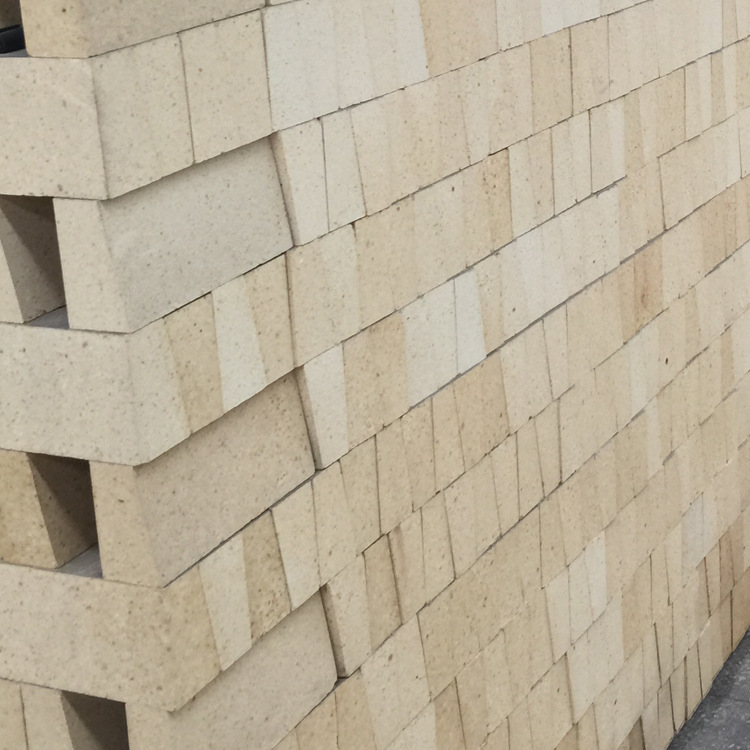
-
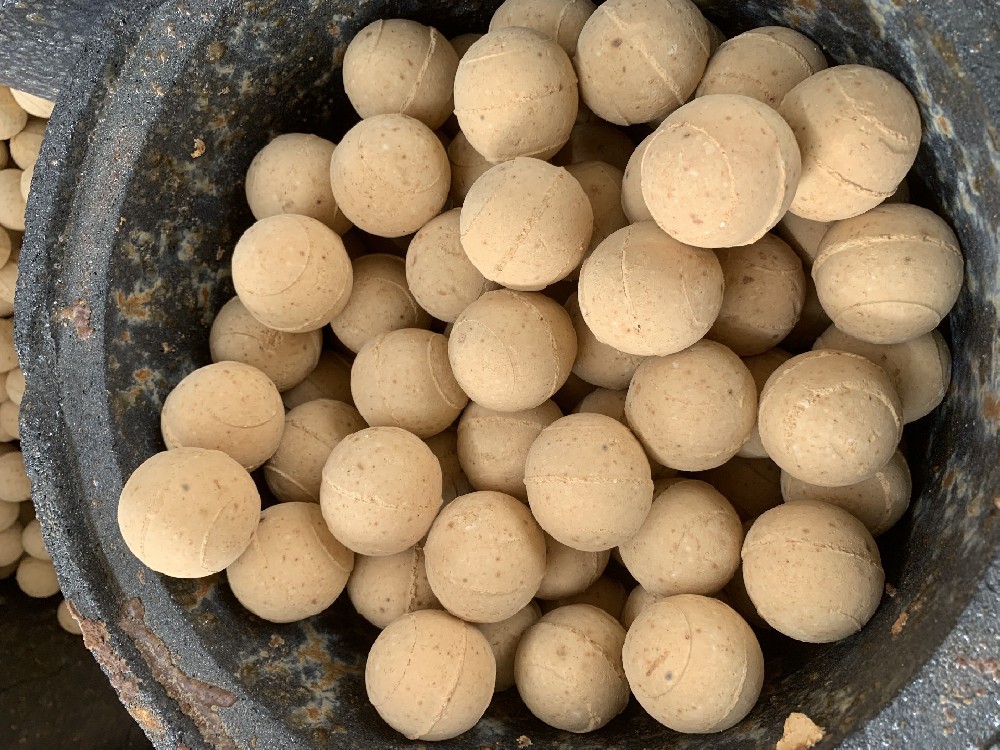
Thermal storage alumina balls
The Thermal storage alumina ballsis made of industrial alumina and refractory kaolin as the main raw materials through scientific formula, forming and high-temperature calcination.Thermal storage alumina ballss are divid··· -
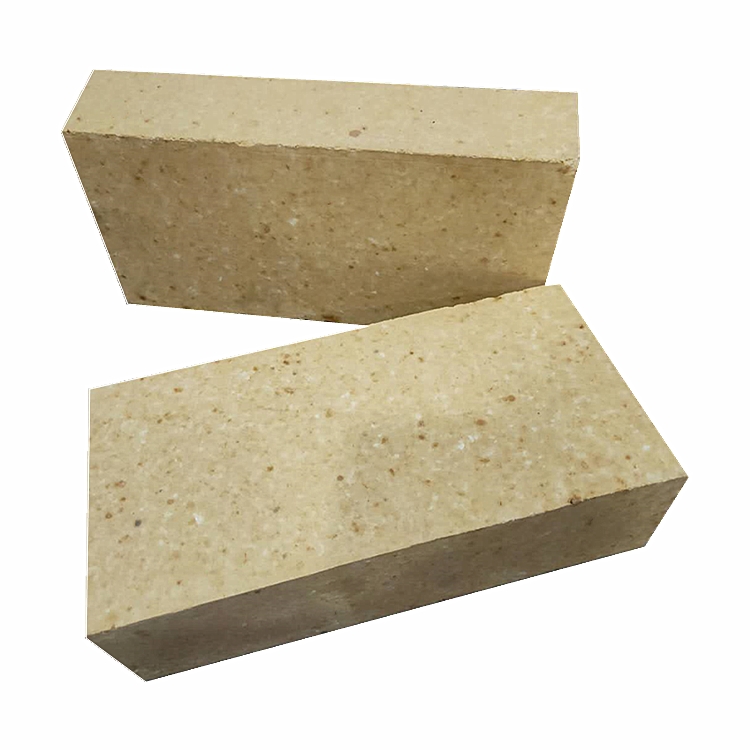
Anti-stripping high alumina brick
Use description of Anti-stripping high alumina brick1. Anti-stripping high alumina brick has a good application in low temperature parts such as large and medium-sized cement precalciner, kiln smoke chamber, indoor decom··· -
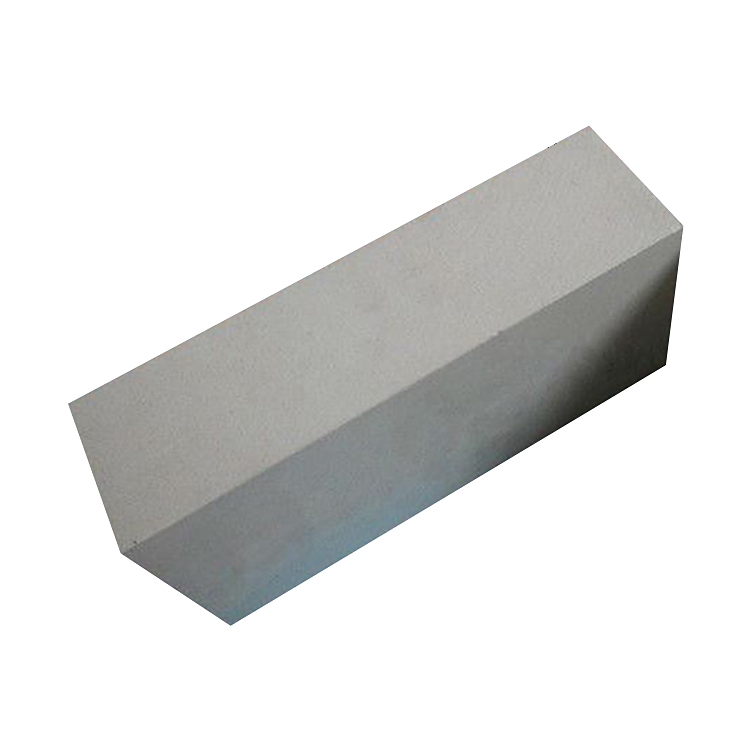
Anti-stripping high alumina bricks
Anti-stripping high alumina bricks are made of high alumina bauxite clinker, mullite, kyanite, zircon sand, and binder after granulating and powdering processes, mixed in a certain proportion, pressed into shape, and fir··· -
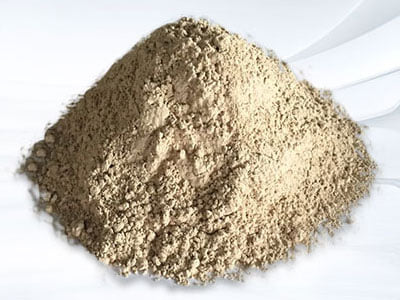
silica hot repair refractory
Performance index of silica hot repair refractoryThe material is a kind of plastic unshaped refractory material, its main component is SiO2, it is made of special clinker and various binders and additives, and it is proc···

